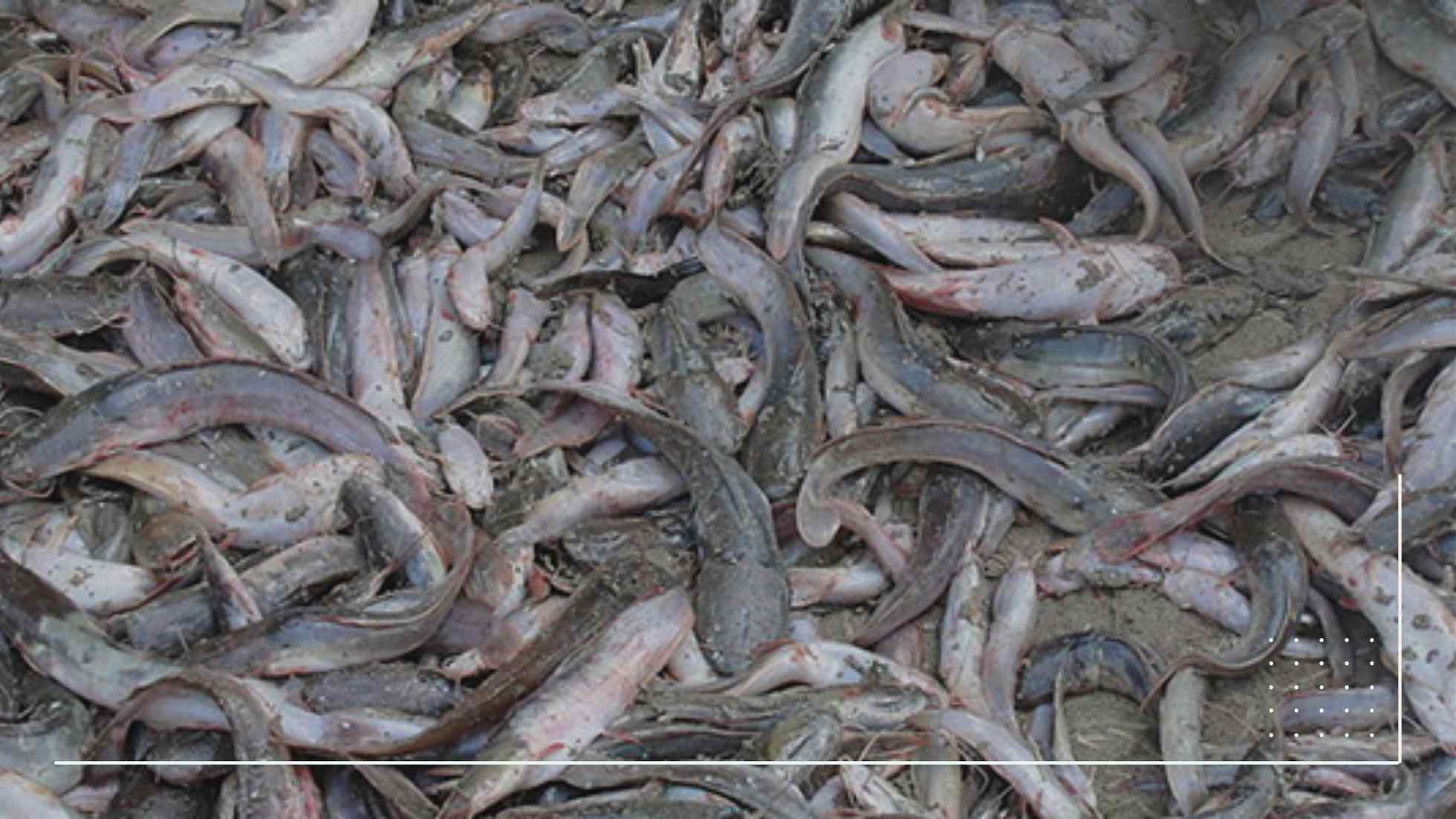- This topic is empty.
- AuthorPosts
- January 21, 2025 at 11:15 pm #543160

Feeding catfish at the right times is crucial for their optimal growth and health, particularly in Nigeria where aquaculture is growing rapidly.
Understanding the best feeding times can greatly influence the success of catfish farming. This article delves into the ideal times for feeding catfish in Nigeria, taking into account their natural behaviors and environmental factors.
1. Why is the Best Time to Feed Catfish Crucial?
Timing is a key factor in effective catfish feeding. Catfish have specific feeding patterns that are influenced by their natural instincts and environmental conditions.
Proper feeding times ensure that catfish receive the necessary nutrients efficiently, leading to better growth and overall health.
Catfish are primarily nocturnal, meaning they are more active and have a higher appetite during the night.
Feeding them at the right times maximizes their feed intake and helps in achieving optimal growth rates. Aligning feeding schedules with their natural behavior prevents issues related to overfeeding or underfeeding, both of which can lead to health problems and reduced growth.
2. How Does Water Temperature Affect Feeding Times?
Water temperature plays a significant role in determining the best feeding times for catfish. In Nigeria’s warm climate, understanding how temperature impacts catfish metabolism is essential for effective feeding.
Catfish are cold-blooded animals, meaning their metabolic rate varies with water temperature. During warmer periods, their metabolism speeds up, increasing their appetite and feeding activity.
Therefore, in Nigeria, where temperatures are generally high, feeding catfish during the cooler parts of the day is beneficial.
Late afternoon or early evening is often ideal, as it aligns with a slight drop in temperature, which can enhance their feeding efficiency and overall metabolism.
3. How Do Daylight and Nighttime Influence Feeding Schedules?
Catfish are naturally nocturnal, which means they are more active and have a stronger feeding response during the night.
In Nigeria, where daylight hours can be extensive, feeding schedules should align with these natural nocturnal behaviors.
Feeding catfish in the late afternoon or just before dusk takes advantage of their natural feeding patterns. As the day transitions into night, catfish become more active, making them more likely to consume feed effectively.
Additionally, feeding in the early morning can also be advantageous, as it aligns with their feeding period after a night of activity.
This approach ensures that the feed is consumed efficiently and that the catfish are well-nourished for the day ahead.
4. What Are the Benefits of Adjusting Feeding Frequency and Quantity?
Adjusting the frequency and quantity of feedings is crucial for maintaining the health and growth of catfish.
In Nigeria, where environmental conditions can vary, understanding and adapting feeding practices based on the catfish’s needs can lead to better results.
Typically, catfish should be fed 2-3 times per day. During warmer months or periods of rapid growth, increasing the frequency of feedings can be necessary to meet their higher nutritional needs.
Conversely, during cooler periods or when catfish are less active, reducing the feeding frequency helps prevent overfeeding and waste.
Monitoring the quantity of feed is also important to avoid overfeeding, which can lead to water quality issues and health problems.
5. How Can Regular Monitoring Improve Feeding Practices?
Regular monitoring of catfish behavior, growth, and water conditions is essential for optimizing feeding practices.
In Nigeria, where environmental conditions can change, adapting feeding schedules based on observations can significantly enhance feeding efficiency.
By observing catfish behavior and their response to feeding times, adjustments can be made to optimize their growth.
For example, if catfish are not consuming the feed within a reasonable time or if their activity levels change, it may be necessary to modify feeding times or quantities.
Additionally, keeping an eye on water temperature and making adjustments based on environmental conditions ensures that feeding practices remain effective.
Detailed records of feeding times, quantities, and fish growth can aid in making informed decisions and refining feeding practices over time.
In Nigeria, the best time to feed catfish is generally in the late afternoon or early evening. This timing aligns with their nocturnal feeding habits and takes advantage of cooler temperatures in the evening, which can enhance their metabolism and feed consumption.
By carefully managing feeding schedules, adjusting frequency and quantity, and regularly monitoring catfish behavior and environmental conditions, fish farmers can optimize growth and health outcomes for their catfish.
Understanding and implementing these best practices ensures a successful and productive catfish farming operation.
Read Also: What makes catfish grow faster and bigger?
- AuthorPosts
- You must be logged in to reply to this topic.

